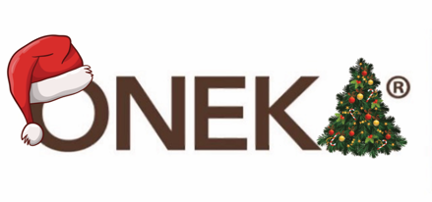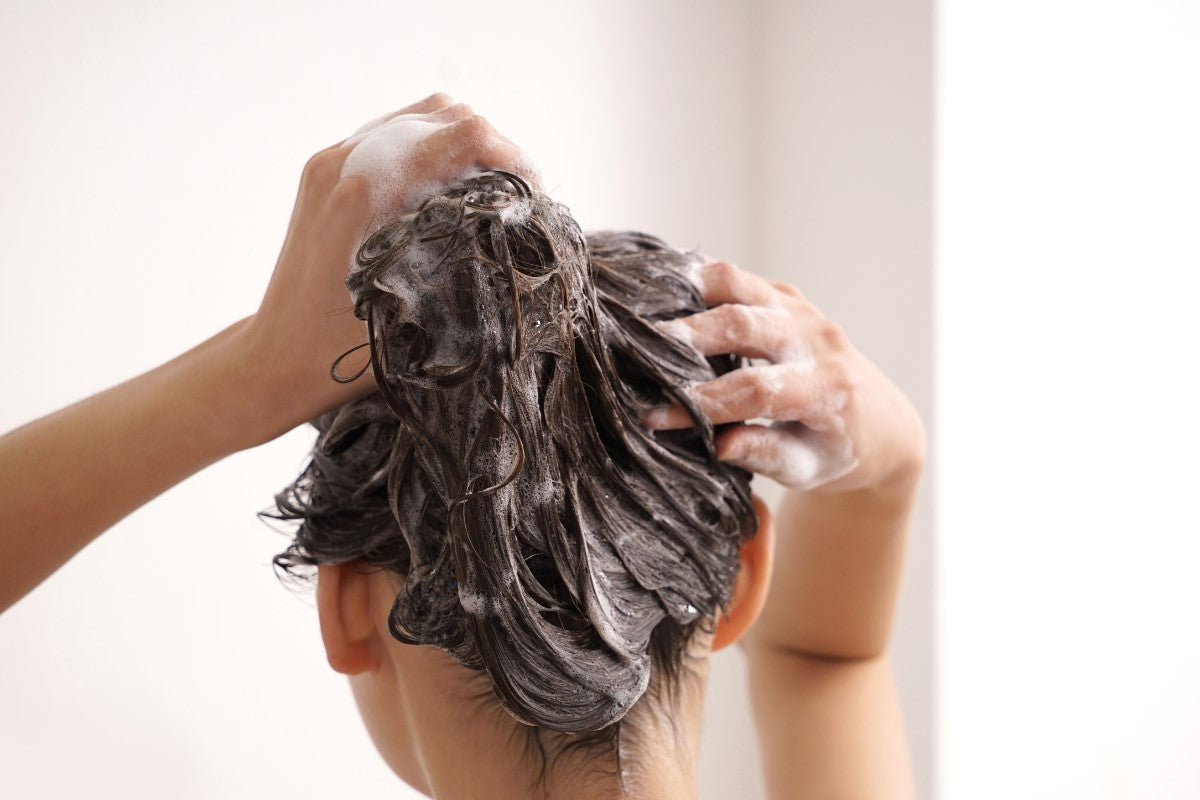Today, 400,000 million tons of plastic waste are produced each year (1). Of this colossal quantity, only 9% is recycled, and 12% incinerated. The remaining 79% ends up in landfills or in the environment (2), where it never truly disappears, but rather breaks down into smaller and smaller pieces called microplastics. Not only are these tiny particles polluting our soil and water, but they even enter the human body and accumulate in our organs (3).
Plastic pollution is a threat to our planet’s health, to the human health. It simply cannot be ignored and requires systemic changes.
As a company that seeks to be truly sustainable and regenerative - and that uses plastic - we believe it is our responsibility to put in place measures to offset, reduce and make its consumption more eco-responsible.
Since our beginnings, we have taken numerous conscious decisions to try and be part of the solution rather than the problem. Selling our products in bulk and setting up partnerships to prevent ocean plastic for example.
In order to make our activities as respectful of the Living as possible, we want to go further in the fight against plastic pollution. As #PlasticFreeJuly is taking place, discover our commitments and the innovations we are working on to achieve this goal.
- Reducing our plastic to product ratio
Before thinking about reusing, recycling, composting, or offsetting, the first step is to reduce our use of plastic, and more specifically, single-use plastic right at the source. The measurement we use to assess this regression is called the “plastic ratio”. It is calculated by dividing the weight of plastic we used by the weight of products sold during a year.
Lowering this number is a challenge as most of our products are liquid and must be put in containers. To achieve this goal, we are focusing on three axes:
Bulk
Before even thinking about using different and more ecological materials for our containers, we believe it is important to first encourage reuse. Because the crux of the waste problem is single use. In this sense, by filling our containers to use them again and again rather than disposing of them once they are empty for the first time, you are helping to reduce the amount of material sent to landfill.
Therefore, in the future, we want to widen access to bulk. This means expanding the number of retail partners that offer refill, in so doing, encouraging customers to choose bulk over bottles.

Even if it holds many benefits when compared to the purchase of single-use bottles, bulk remains imperfect, because it still involves the use of plastic. To reduce its impact, in 2021, we introduced 10 L refill pouches, which have a very low plastic to product ratio. These allow our retailers to refill and reuse the containers they already have in their store rather than putting them in the recycling bin. Plus, once they've saved several empty 10 L pouches, they can mail them back to us and we'll make sure they're properly recycled through our partnership with TerraCycle.

In addition to encouraging refill in stores, we also want to promote at-home bulk using our refill formats. Buying large formats is indeed a good way to reduce plastic! For example, by choosing a 4 L container, it is possible to refill a standard 500 ml bottle up to 8 times, therefor using 51% less plastic!
Curious to know what impact bulk can have? Here are some numbers that demonstrate it:
In 2021, thanks to filling up at our retailers and at home with larger formats, 296,000 500ml bottles were saved*. This is the equivalent of almost 14,000 kg of plastic!
*For shampoo, conditioner and shower gel, if all our product volume had been sold in 500 ml bottles rather than in 1 L, 4 L, 10 L and 20 L formats (which contain less plastic).
Packaging
In addition to encouraging the reuse of our packaging, we want each of our bottles to contain less plastic, and above all, lesser new plastic. Currently, our bottles are made from HDPE plastic which has one of the highest recycling rates. But we can do better!
How? By having smaller caps, making our bottle walls thinner, adding other components to the bottles, introducing recycled materials, etc. We are in the process of evaluating different possibilities.
We are also working on the development of alternative packaging that would be compostable, biodegradable, etc.
Solid Products
In order to offer options without any plastic packaging, we are currently working to expand our solid products line.
For the moment, our range includes 5 soap bars powered by plants from our gardens, and new bar products are soon to be released. We can’t tell you more for now, but please stay tuned!

2. Offsetting our plastic consumption
Although our efforts to reduce our use of plastic and minimize the ecological footprint of our packaging are encouraging, the fact remains that the use of this material by our company has an impact on the environment. That’s why starting in 2018, we partnered with Plastic Bank to offset our plastic consumption.
This Canadian social enterprise contributes to stopping ocean plastic and improves lives in vulnerable coastal communities by building ethical recycling ecosystems in countries like Haiti, the Philippines, Indonesia, Brazil and Egypt. To do so, it reprocesses the materials collected on beaches and near waterways for reintroduction into the global manufacturing supply chain. Collectors receive bonuses for the materials they collect which helps them provide basic family necessities such as groceries, cooking fuel, school tuition, and health insurance.

Since 2020, we have taken this collaboration further, and we are now committed to having three plastic bottles removed from coastlines for every 500 ml of Oneka product purchased whether on our website, at our store or through our retailers.
Thanks to this initiative, in 2021, we have together contributed to prevent the entry of 40,000 kg of plastic into our waterways, outweighing our plastic consumption for that same year!
Last Thoughts
Plastic pollution is an environmental and social crisis that we can all contribute to minimize. It is through our daily choices, as companies and as individuals, that we will collectively make a difference. If you are inspired to go further in reducing your plastic consumption, we invite you to consult our blog post on the 6Rs.
And to be part of the change by consciously choosing your personal care products, take a look at our online store by clicking here.
Thank you for making a difference with us! And remember that every action, as small as it may seem, counts.
Sources
(1) https://www.unep.org/interactives/beat-plastic-pollution/
(2) https://www.greenpeace.org/canada/fr/qr/4299/faits-saillants-et-informations-sur-le-plastique/
(3) https://www.unep.org/interactives/beat-plastic-pollution/




